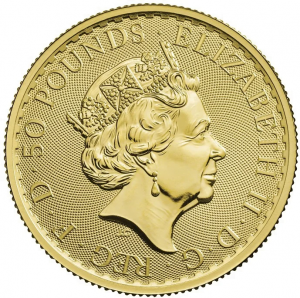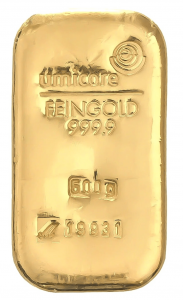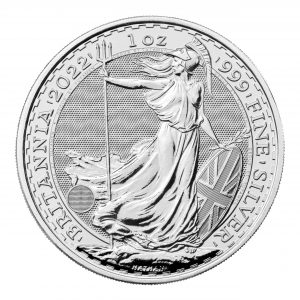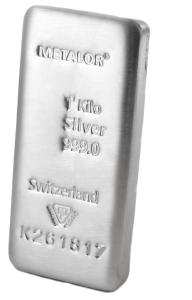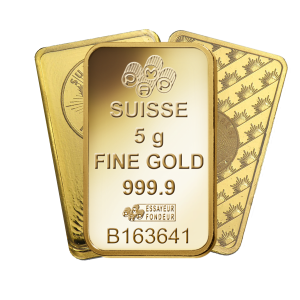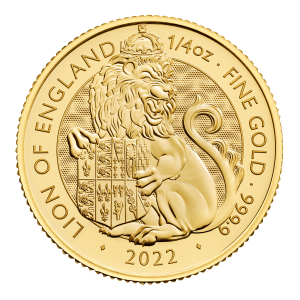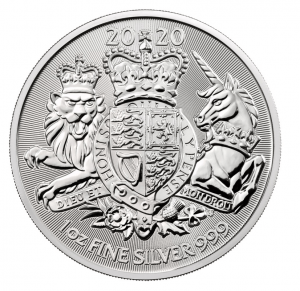Physical Gold Versus Paper Gold
With so many ways to gain exposure to the gold market, which is the best option for you?
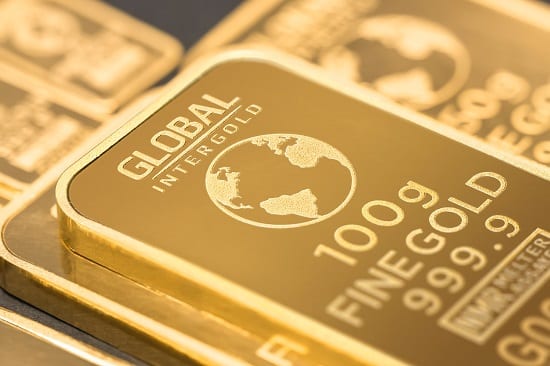
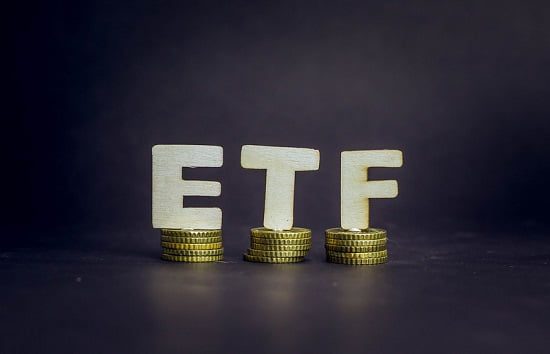
Types of Gold Investment
It’s possible to gain exposure to the gold market in several different ways
Buying physical gold coins or bars is just one method of gaining exposure to the gold market.
As well as purchasing physical bullion, it’s possible to own shares in an exchange-traded fund (ETF), a traditional fund or mining company, or riskier options such as spread betting or futures or contracts for difference (CFD).
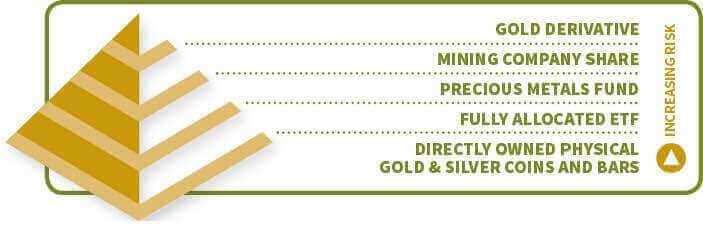
Gold Pyramid of Risk
Which option is best for me?
Each option has its merits. The right choice will depend on your individual objectives and appetite for risk. For example, if you have a high appetite for risk, then you may fancy your luck investing in a mining company. Alternatively, if you’re looking to actively trade the market, then electronic options such as ETFs will be the most efficient way to achieve short-term speculation.
Arguably, the most powerful benefit of gold investment is the balance and market protection it provides. As well as professional traders, regular everyday people buy gold and silver to REDUCE their overall risk. Electronic and paper options provide investors with exposure to the market, but they also present additional risks. This undermines the value of gold & silver as a crisis hedge, or as portfolio insurance in the first place. Physical gold coins and silver coins are by far the safest way of providing long-term stability. They present the most secure method of protecting your family’s wealth in a tax-efficient way.
The 7 Crucial Considerations Before You Buy Gold
We reveal the factors which you should be thinking about when investing in physical precious metals
Gold Investment Options
Here we break down the advantages and disadvantages of each method of gold investment for you to consider.

